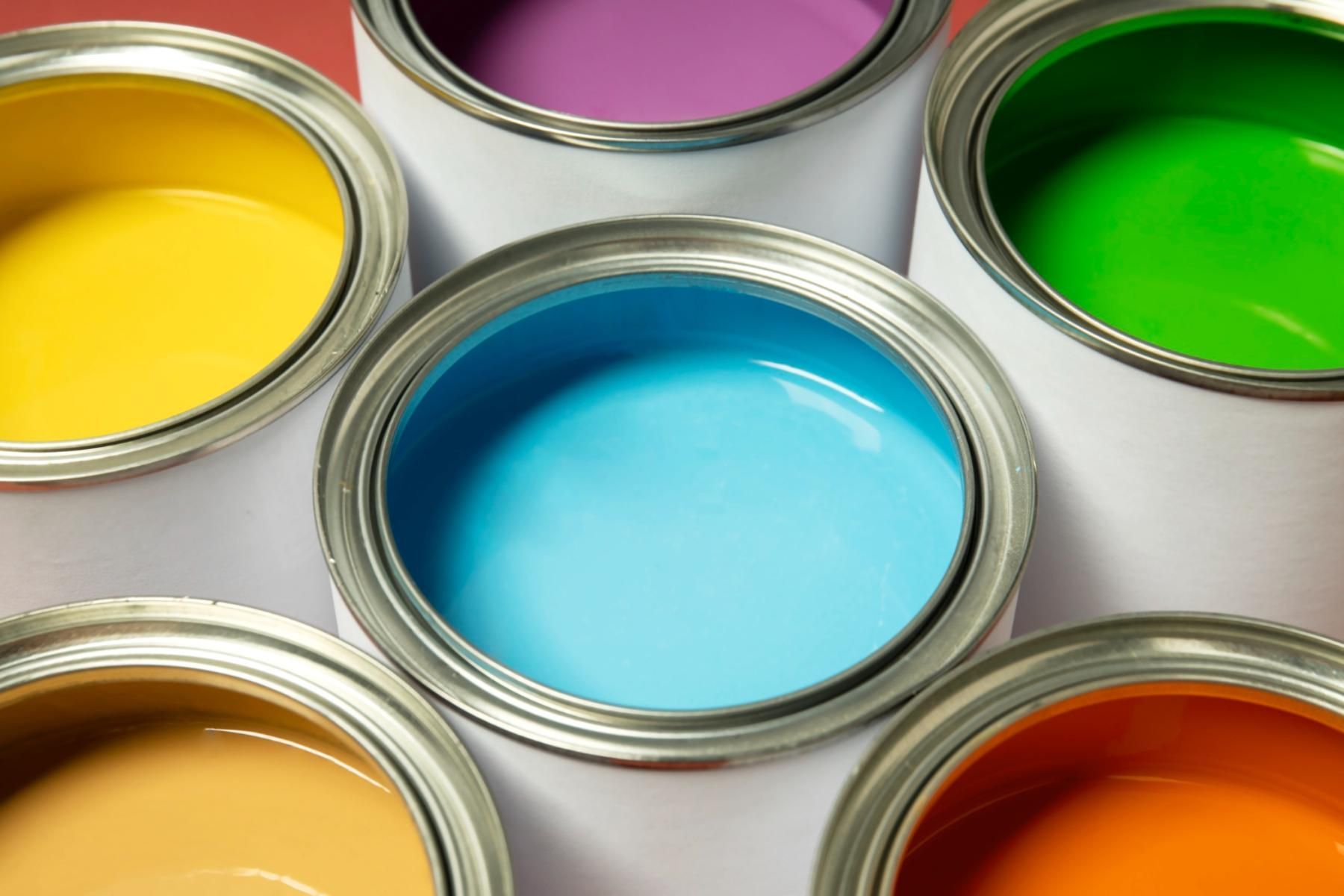How Often Should I Maintain My Home?
Most homeowners don’t think about paint until they see peeling, cracking, or sun-faded siding. But keeping your home in good shape isn’t just about quick fixes—it’s about regular care. Paint does a lot more than add color; it protects, preserves, and even improves the feel of your space inside and out.
Painting for Home Preservation
Your home’s exterior faces the weather head-on, every day of the year. Rain, wind, sun, and temperature swings all wear down materials over time. Paint acts as a barrier between your house and the elements, shielding wood, stucco, and siding from moisture and UV damage. When you apply a quality paint layer, you’re not just decorating—you’re preserving the bones of your home.
Paint also slows natural wear. Without it, surfaces crack, rot, and absorb moisture more easily. If you’ve ever had to replace siding because of wood rot or moisture damage, you know how costly that can be. A strong paint job, refreshed at the right time, is your first line of defense—and far more affordable than structural repairs.
Home Value and Paint Maintenance
Curb appeal isn’t just a buzzword. Buyers notice the outside of your home first, and a fresh coat of paint tells them the property is well cared for. It doesn’t have to be trendy or bold—even a simple, clean look can boost value. A home with a fresh, thoughtful exterior paint colour feels inviting and more move-in ready to potential buyers.
Inside, paint also plays a role in how a home is perceived. Neutral colors, crisp edges, and clean walls all make a space feel newer and brighter. A well-maintained interior shows that the homeowners took pride in upkeep, which can support a higher asking price when it’s time to sell. Investing in paint now could mean thousands more later.
The Cost of Neglecting Exterior Paint
Skipping maintenance might save money in the short term, but it almost always leads to more expensive problems later. When paint fails, it exposes surfaces to moisture and pests. That means wood can swell, crack, or even become a feast for termites—especially around windows and trim.
Even if the damage isn’t obvious at first, it builds over time. What starts as small bubbling paint or hairline cracks could eventually require complete surface repairs or replacements. Paying for a good exterior painting job every 5 to 10 years is far less painful than major exterior renovations caused by avoidable neglect.
Exterior Paint: Protection and Beauty
It’s easy to think of paint as decoration, but it’s working behind the scenes too. A properly applied coat seals surfaces from rain, snow, and sun. This seal keeps your home insulated and dry, reducing the risk of water damage or mold growth. That added protection helps everything last longer, from the siding to the structure underneath.
Of course, beauty matters too. A fresh exterior paint colour can transform the look of your home and even change how you feel about it. Whether you go bold or stay classic, paint refreshes the whole personality of your house. Plus, it can highlight details that add charm—like shutters, trim, and porch rails that often go unnoticed until they’re newly painted.
Interior Paint: Health and Aesthetics
Inside the house, paint does more than set the vibe. It can actually help create a healthier environment. Low-VOC and non-toxic paints reduce air pollutants, especially during and after application. In areas like kitchens and bathrooms, paint designed to resist mildew helps protect against dampness that could otherwise lead to health issues.
Then there’s the visual lift. Clean, well-painted walls brighten a room instantly. Over time, scuffs, fingerprints, and fading can make a space feel tired. Updating a room’s paint brings it back to life—without needing a full renovation. Whether it’s a cozy bedroom or a family gathering space, the right colors make a big difference in how your home feels day to day.
Signs Your Home Needs a Exterior Paint Job
Your house doesn’t usually shout when it needs new paint—but it does drop hints. Look for peeling, cracking, or faded areas on the siding or trim. Bubbling paint or exposed wood are signs the protective layer has broken down. If you spot any of these, your home is due for a fresh coat.
Color fading is another subtle cue. If your once-vibrant exterior paint colour now looks washed out, sun exposure has likely taken its toll. Also, keep an eye out for gaps around windows or doors, where caulk may have dried out and cracked. A full inspection every year or two will help you stay ahead of bigger issues.
Seasonal Painting Considerations
Timing your painting project matters more than you’d think. Spring and fall usually offer the best conditions—mild temperatures, lower humidity, and less chance of rain. Extreme heat or cold can affect how paint adheres and dries, which means choosing the right season is just as important as choosing the right color.
That said, different climates pose different challenges. In humid areas, moisture control is key. In hotter regions, UV-resistant paint can help combat fading. Planning your exterior painting around your local weather patterns gives your paint job the best chance to last longer and look better.
Long-Term Benefits of Regular Exterior Painting
When you stay on top of painting, you’re investing in your home’s long-term well-being. Regular maintenance keeps surfaces sealed and protected, which prevents rot, mold, and other damage from setting in. It also gives you a chance to inspect for other issues before they get worse—like a cracked board or loose siding panel.
Over time, consistent upkeep adds up. Your home looks better, lasts longer, and costs less to maintain. Plus, you won’t have to scramble for expensive fixes when it’s time to sell. A routine schedule of exterior painting every few years is one of the smartest, simplest ways to protect your investment.
Protect, Transform, and Add Value to Your Home with Revive Painting
Keeping your home looking beautiful and well-protected doesn’t have to be overwhelming or expensive. Whether your walls need a refresh, your trim is peeling, or you just want to give your space new life, Revive Painting is here to help. We take the hassle out of painting with skilled, reliable service and a commitment to getting it done right the first time.
Don't wait until you see cracks or fading—get ahead of the damage and fall in love with your home again. From choosing the perfect exterior paint colour to adding crisp lines indoors, our team handles every detail with care. Contact us today, and let’s bring out the best in your home, one coat at a time.


